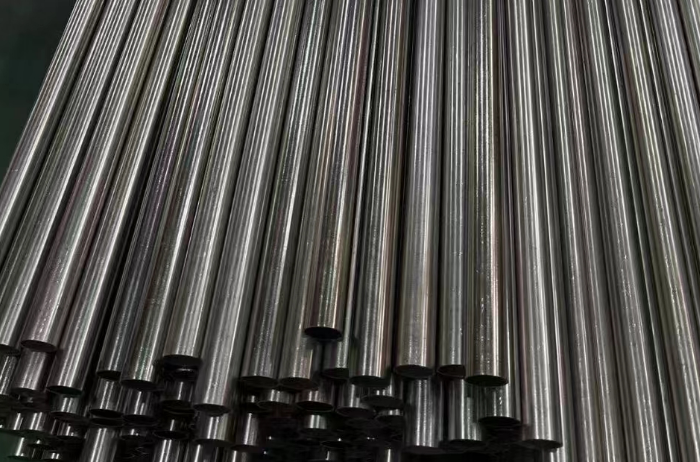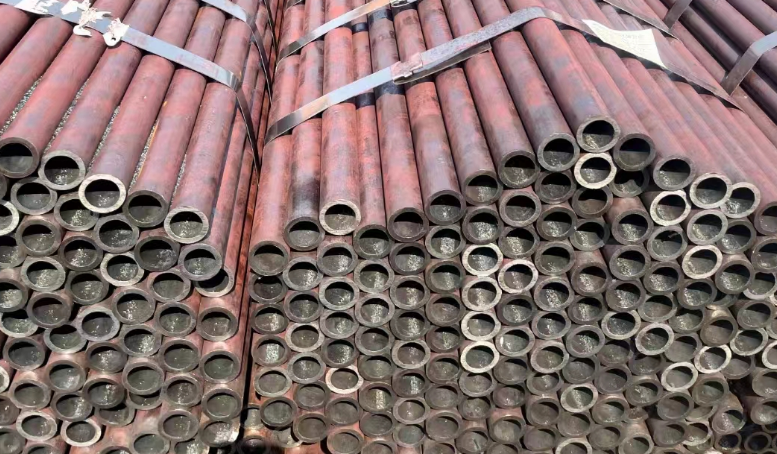Among various types of steel alloys, 5150 vs 4140 steel are two popular grades that are often compared. While both are chromium–molybdenum alloys, they differ significantly in composition, mechanical properties, and end-use applications. In this article, I will delve into the details of 5150 steel and 4140 steel, highlighting their key differences.

5150 vs 4140 steel – What’s the Difference?
5150 Steel
5150 steel, also known as AISI 5150, is a medium-carbon, chromium-molybdenum alloy steel. It is a through-hardening grade, meaning it can be hardened throughout its cross-section by heat treatment. The carbon content of 5150 steel ranges from 0.48% to 0.58%, while it contains 0.80% to 1.10% chromium and 0.15% to 0.25% molybdenum. These elements contribute to the steel’s high strength, toughness, and wear resistance.
The mechanical properties of 5150 steel can be further enhanced through heat treatment, such as quenching and tempering. This process results in a steel that is both strong and ductile, with good fatigue resistance. As a result, 5150 steel finds applications in high-stress environments where durability and strength are paramount. It is commonly used in the manufacture of automotive components, such as axles and crankshafts, as well as in the aerospace industry for gears and shafts.
4140 Steel
4140 steel, also referred to as AISI 4140, is a low-carbon, chromium-molybdenum alloy steel. Its carbon content ranges from 0.38% to 0.43%, lower than that of 5150 steel. The chromium content is similar, ranging from 0.80% to 1.10%, while the molybdenum content is slightly higher, at 0.15% to 0.25%. The lower carbon content of 4140 steel gives it better weldability and machinability compared to 5150 steel.
4140 steel is also a through-hardening grade, but its mechanical properties are not as high as those of 5150 steel. However, it can be heat-treated to achieve good strength and toughness, making it suitable for applications that require high strength and good fatigue resistance. It is commonly used in the manufacturing of large diameter shafts, gears, and other mechanical components in industries such as construction, oil and gas, and power generation.
5150 vs 4140 steel – Comparison
The key differences between 5150 steel vs 4140 steel lie in their carbon content, mechanical properties, and applications. 5150 steel has a higher carbon content, resulting in higher strength and hardness but poorer weldability and machinability compared to 4140 steel. It is therefore more suitable For high-stress applications where maximum strength and durability are required.
On the other hand, 4140 steel has a lower carbon content, making it easier to weld and machine. Its mechanical properties, although not as high as those of 5150 steel, are still sufficient for many applications that require high strength and fatigue resistance. It is commonly used in large-scale components in various industries, where its good weldability and machinability are advantageous.
Conclusion
In summary, 5150 vs 4140 steel are both chromium-molybdenum alloy steels with different carbon contents and mechanical properties. 5150 steel is stronger and harder but less weldable and machinable, making it suitable for high-stress applications. 4140 steel, on the other hand, offers good strength and fatigue resistance while being easier to weld and machine, making it suitable for a wide range of applications.
Thank you for reading our article and we hope it can help you to have a better understanding of the differences between 5150 vs 4140 steel. If you are looking for alloy steel suppliers online now, please don’t hesitate to contact Huaxia Steel.
As a leading supplier of alloy steel products from Shanghai China, Huaxia Steel provides customers with high-quality alloy steel, carbon steel, tool steel, carbon steel tubes, and carbon steel pipes at a very competitive price.








